Anyone who knows me / has been lucky (!) enough to have been on a maths or physics course taught by me will know how I like to moan about the mathematics of the new pound coin…
In 2014 the Royal Mint announced a new pound coin. A new all singing, all dancing, counterfeiter ruining pound coin. (Approximately one in thirty £1 coins in circulation is counterfeit). They also decided to give a nod to the old thrupenny bit and make it 12 sided, it looked pretty good, and it was claimed to be the “most secure coin in the world”. The Mint were pretty smug:
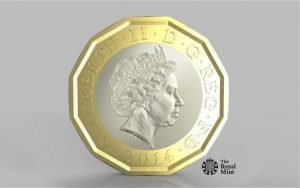
But as soon as I saw this I was worried. I was concerned for man and machine up and down the UK. Why was I? Because 12 is even! Coins don’t usually have an even number of sides
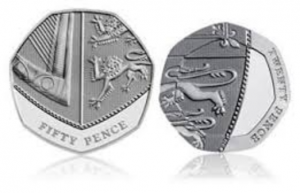
In fact, as far as I’m aware, only one existing coin had an even number of sides, the Australian 50 cent piece.
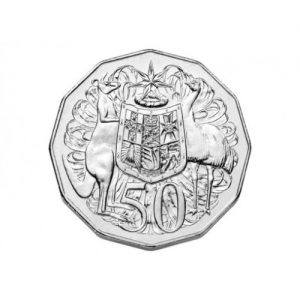
And why is this? It is all because of “constant diameter”. Fortunately as an undergrad I was taught by Prof. Chris Sangwin who wrote ‘How Round is Your Circle’ along with John Bryant [by the way, you should definitely read this book, it’s great!] so this evenness stood out like a sore thumb. You see, whilst a circle has constant diameter (of course it does, it has a constant radius, and diameter = 2 x radius), other shapes exist which don’t have constant radius but do have constant diameter. Indeed there are an infinite number of such shapes. Any odd-sided regular polygon can be used to construct one of these shapes of constant diameter.
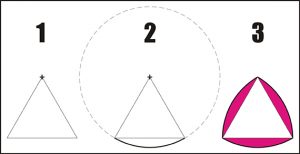
Now this is pretty useful. So useful in fact that we decided to make our 50p coin (1969-) and 20p coin (1982-) a 7-sided shape of constant diameter. This is great because no matter what way round you put your coin I know the diameter is always the same. Vending machines work! So, when I saw this coin I knew we were in for a world of pain. But I did my civic duty. I reported my worries about the coin and waited. And waited. So it was with some joy that I read the consultation report of the new pound coin this weekend and saw the updated design:
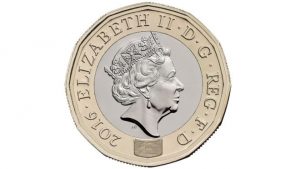
In particular I highlight Section 2.3 on page 7 of the report:
“Some concern was expressed in relation to the even-sided shape, namely that its non-constant diameter could impact the rolling behaviour of the coin (and thereby reduce its security through the automatic vending process)”
The proposed solution is (Section: 3.6; page 9):
“The government acknowledges the concerns over the performance of a coin with a non-constant diameter through the automatic vending process. Testing conducted by The Royal Mint, in partnership with a number of respondents, confirmed that these reservations were well-grounded for a 12-sided coin with flat sides and sharp corners. However, the introduction of rounded edges (‘radial chords’) to the design led to a significant improvement in its rolling behaviour, to a level consistent with that required by existing equipment.”
Whilst it is sad that the Mint didn’t just make an 11 or 13-sided coin and save all this bother. At least they have listened, and are trying to mitigate the problems in advance.
P.S.
– You can also get some solids of constant width which are fun (video here). These are available to buy from any good supplier of maths equipment.